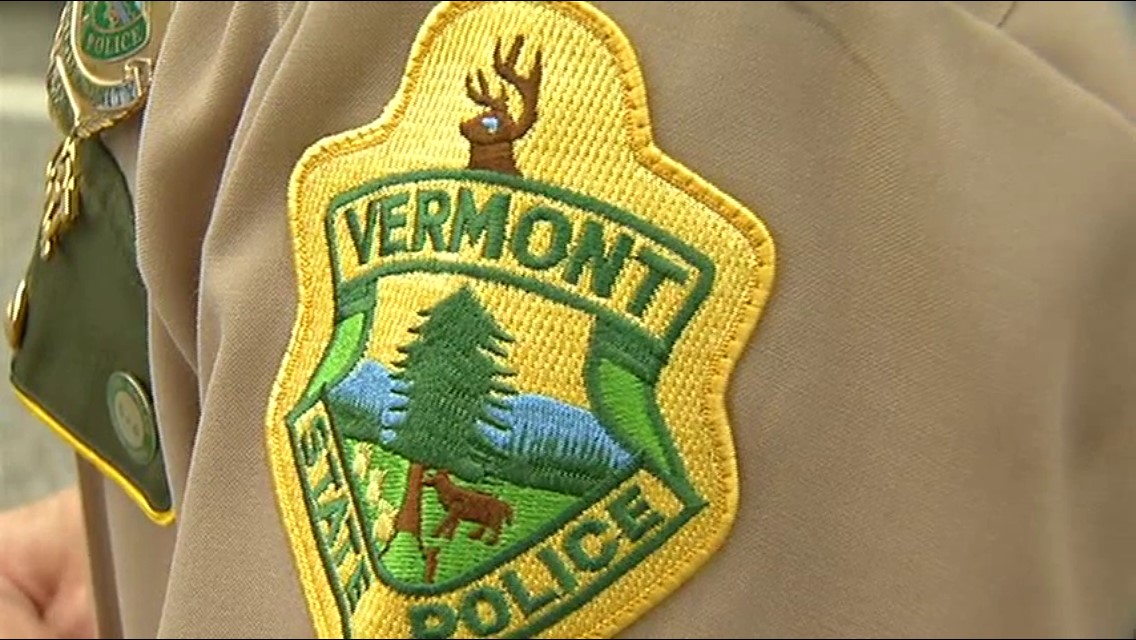Heavy rain early Tuesday washed out some roads and led to about two dozen rescues in northern Vermont, nearly three weeks after many farmers and residents in the state were hit by flooding from the remnants of Hurricane Beryl.
Some areas got 6 to 8 inches of rain starting late Monday and saw flash flooding, the National Weather Service in Burlington said. Flash flood warnings were in effect through Tuesday morning.
A team was heading out to survey the damage, which included “quite a bit” of structural and road damage, meteorologist Seth Kutikoff said.
Get New England news, weather forecasts and entertainment stories to your inbox. Sign up for NECN newsletters.
“We do know, unfortunately, some of these same areas were hit three weeks ago with some serious flash flooding, as well,” he said. “The integrity of some structures were already weakened.”
In Lyndonville, a town about 40 miles north of Montpelier, the state capital, Deryck Colburn said he awoke before daybreak to a neighbor pounding on his door. They live along a brook.
“I went down the road to her house, and there was no road. There was just a river,” he said.
Colburn said he heard the same surge of rushing water he’d heard in flooding earlier in July, along with the unnerving sound of tumbling boulders carried by the water.
A number of vehicles were trapped by crumbled roads, mud and fallen trees and other debris in Lyndonville.
Most of the rain fell in that area and in St. Johnsbury, about 10 miles south. Police issued a “shelter in place” advisory Tuesday morning for St. Johnsbury, a town of about 6,000 people. At least 5 inches of rain fell farther north in area of Morgan, which is near the Canada border.

“We sent swift water rescue teams to the area overnight, and those teams conducted approximately two dozen rescues,” Mark Bosma, a spokesperson for the Vermont Emergency Management agency, said in an email.
Bosma said Lyndon, about a mile from Lyndonville, and St. Johnsbury sustained damage, but that the agency was waiting for more information to come in from those communities and others. Images from the area showed broken culverts and separated roads in St. Johnsbury.
Vanessa Allen, of St. Johnsbury, said she knew there was a possibility of rain, but wasn’t counting on the excessive amount.
“This is devastating and was completely unexpected,” she said. “I had no idea this was coming.”
Her home was situated between two road washouts, leaving her unable to leave. The roads were pockmarked and covered in debris. Nearby, she said, a house was off its foundation and blocking a road.
“It looks apocalyptic. There are huge craters. … And the water is still rushing down the road now,” she said at midday. “It’s just all unbelievable how bad the roads are. We’re trapped. We can’t go anywhere.”
There was no immediate word of injuries.
Colburn said some homes in Lyndonville that were damaged earlier in July were “washed away" during this storm. He said people were rescued. The emergency management agency did not have further information.
“The last storm was a wake-up call," he said. "I thought I would never see anything like that again. I don’t think that holds a candle to this. Not even close," he said.
“There’s a lot of broken hearts.”
More rain was possible Tuesday, the emergency agency said.
“Be ready for more heavy rain and potential flash flooding today. The areas impacted by last night’s storm are in the path of highest risk,” it posted online.
A section of Interstate 91 and sections of two major roads near St. Johnsbury were among the roads closed due to flooding, the state transportation agency posted.
"Please use extreme caution if you need to travel," St. Johnsbury police said on Facebook. "Many roads are washed out as we have experienced another flood event. These roads may appear fine at the surface, yet may pose a danger."
“Respect all road detours and closures and never walk or drive through floodwaters,” Gov. Phil Scott posted online.
The state experienced major flooding earlier in July from the tail end of Hurricane Beryl. The flooding destroyed roads and bridges and inundated farms. It came exactly a year after a previous bout of severe flooding hit Vermont and several other states.
Vermont has experienced four flooding events in the last year, and the combination of climate change and the state’s mountainous geography are big pieces of why, said Peter Banacos, science and operations officer with the weather service. Greater rainfall and greater moisture availability have made the state and its steep terrain more susceptible to flooding, he said.
The state’s soil has also been more frequently saturated, and that increases the possibility of flooding, Bancos said.
Vermont's history of heavily manipulating its rivers and streams also plays a role in increased flooding, said Julie Moore, secretary of the state Agency of Natural Resources.
Increased flooding is “a reflection of having reached our limits of being able to truly manage rivers and hold them in place,” she continued.
Roads, bridges, culverts and wastewater facilities are all especially vulnerable, Moore said. The state is in the midst of a multidecade effort to "replace them or refurbish them with our current and future climate in mind,” Moore said.
Vermont is also working to establish statewide floodplain standards.



